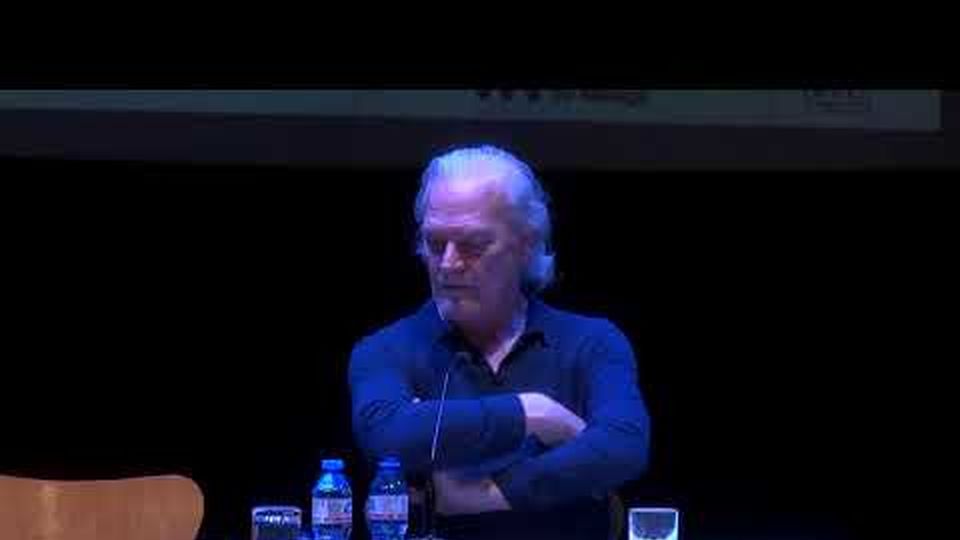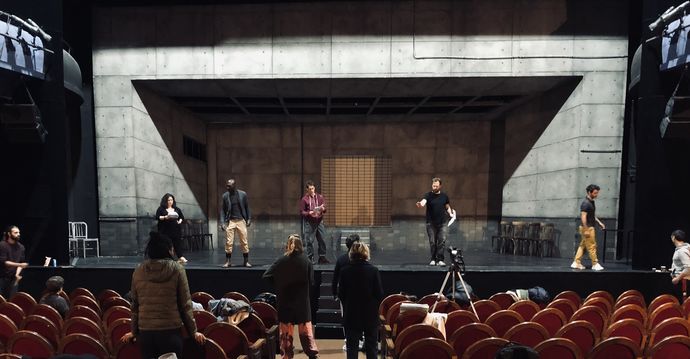
Today we are speaking with Ben Naylor about his project, Taller Coriolano/Il Jornadas de Teatro Clásico de Málaga: William Shakespeare.
In 2020, you started a new collaboration with Teatro Kamikaze in Madrid. How did this project come about?
This project began as a collaboration with two MA Acting Classical alumni, Martiño Rivas (2011) and Paula Rodriguez (2014). Martiño was appearing at the time in an award-winning show with Kamikaze in Madrid and on tour, Jauría; he arranged for us to hold a week-long Shakespeare workshop in Kamikaze’s beautiful former home theatre, the art deco El Pavón.
We worked with a group of acclaimed Spanish performers including María Pujalte, María Hervas, Fran Cantor, Raul Prieto, Emilio Buale and Ana Bokesa on three scenes from Coriolanus, using new translations in both verse and prose. We were particularly interested in whether it was possible to translate Shakespeare’s rhythmic form as well as the language; Paula, who translates early modern poetry and drama between both Spanish and English, experimented with a variety of metrical approaches to representing the thought structures of Shakespearean blank verse in metres from the Spanish Golden Age.
We were also interested in how the concerns of Coriolanus - the only Shakespeare play which examines the drama of democratic process - spoke to contemporary concerns about populist authoritarianism in Europe.
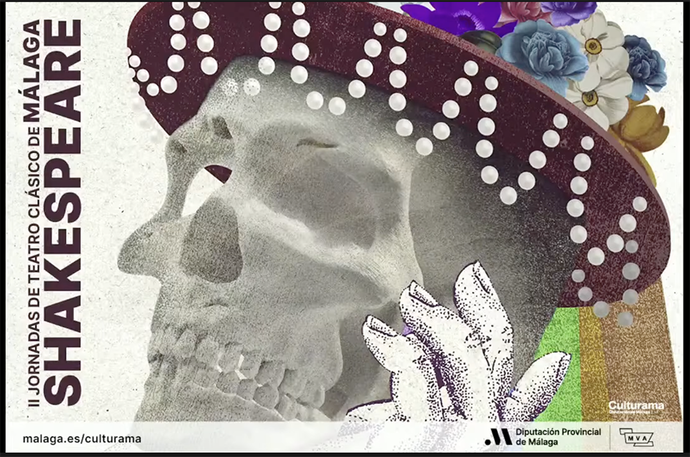
More recently you have worked with partners in Malaga to develop a new Spanish translation of Coriolanus. Who were your collaborators and why did they choose this play?
The workshops in Malaga were very much a continuation of the work on Coriolanus which we began in Madrid with the Kamikaze ensemble, this time working with actors and creatives from Jovenes Clasicos, and in partnership with the Diputacion de Malaga, the local cultural body.
We also participated in the Diputacion’s annual conference on Classical theatre, alongside Lluis Homar, artistic director of the National Classical Theatre Company, and Alvaro Tato, one of Spain’s foremost contemporary translators for the theatre.
What were some of the findings in your shared exploration of heightened text in English and Spanish?
Our work explores the relationship between poetic metre and thought structure in both early modern English and Spanish. Using contemporary acting approaches to Shakespeare (developed in English-speaking theatre) which rely on syntax and the verse line, we’re trying to explore ways to represent or recreate the psycho-dramatic structure in metres appropriate to the Spanish language (and which were in use in Golden Age Spanish drama).
Shakespeare mostly used a single blank verse metre, but with huge variety in its formation and deployment; Spanish Golden Age theatre used a much greater variety of different metres, but on the other hand adhered much more strictly to each. In trying to negotiate the metrical choices of the playwright and how they might be represented in Spanish, we’re encountering form in terms of the nuts and bolts of language construction, and choosing varying metrical approaches according to the psychological demands of the material. These questions also entail a profound encounter with the acting style which derives from the deployment of specific textual forms.
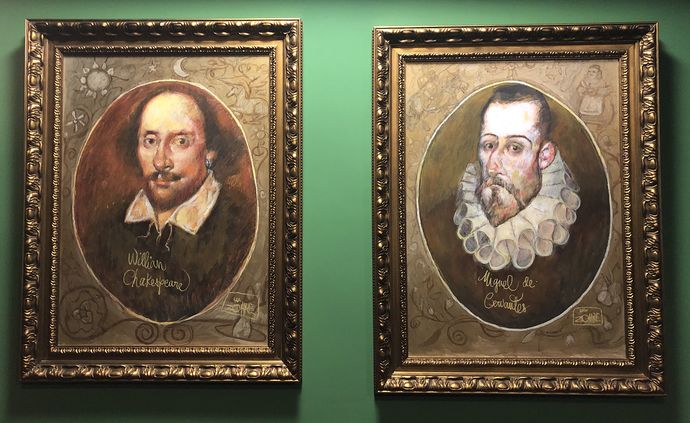
Could you share some of the participants’ responses from the workshop?
“I have learnt too many things to be answered in one question. I have learnt about Shakespeare’s creativity, his capacity to write and share and communicate. I have learnt about the power that lies within one single word. That we can break with the established, innovate and reinterpret a text in many ways. That a collaborative process is the best way to create.”
“I have learned a lot about Shakespeare, his life, works, and context and as an actress, I am taking many tools with me in relation to the work with verse, for instance, the importance of the pause at the end of the line to think and breathe. Somehow I have realised that I was thinking of Shakespeare’s literature as remote and superior and I now see that it is connected to universal matters. If modern audiences are not moved by Shakespeare then something is wrong.”
“I have learnt about the immensity of the Shakespearean Universe and its contemporaneity. When it comes to language, I have understood that his ideas and the way they are expressed are closer to us.”
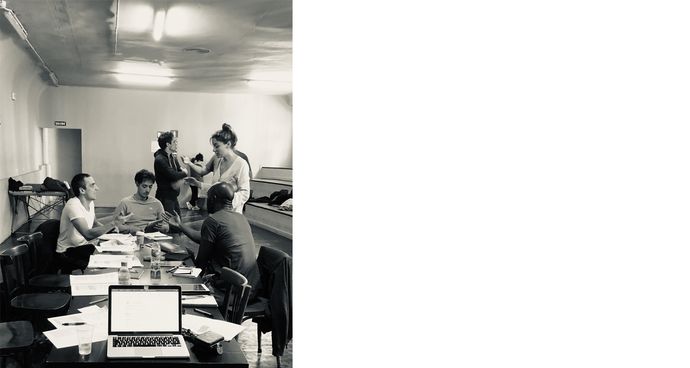
What might be some next steps for the development and staging of this translation?
We’ll be seeking to develop the approach to translation with other Spanish-language companies both in Spain and potentially Latin America, with the intention of working towards a full production of the play.
View Jornada de teatro clásico (día 2) - Shakespeare MVA on YouTube below
Read more about the Kamikaze Brexit project on Ben Naylor’s website.

